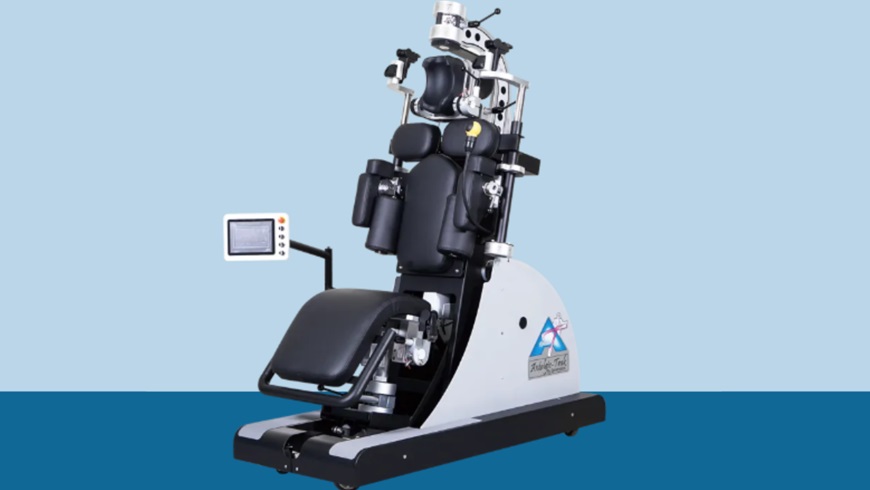Investing in a lumbar decompression machine is a significant decision, whether you’re outfitting a medical clinic, chiropractic office, or physical therapy center. These machines can play a crucial role in managing chronic back pain, herniated discs, and spinal decompression therapy. When evaluating your options, it’s essential to focus on the specific features that contribute to both patient comfort and therapeutic effectiveness. Understanding the technical aspects and user-friendly components will help ensure you’re selecting a system that meets professional standards. If you’re considering a lumbar decompression machine, start by evaluating machines that combine advanced technology with adaptability for various spinal conditions.
Core Performance Capabilities
When choosing a machine, its overall performance in delivering controlled, consistent decompression is key.
Precision in Force and Angle Adjustments
Look for machines that allow precise control over decompression force and angle. This feature is critical for targeting specific spinal segments and customizing treatment based on individual patient anatomy. Machines that offer multi-axis decompression ensure a more thorough and adaptable approach to therapy. Consistency in force application reduces the risk of muscle guarding and maximizes treatment outcomes.
Safety and Patient Monitoring Features
A quality system should include real-time monitoring tools to track patient feedback and machine responses. This includes pressure sensors, emergency stop mechanisms, and automated force calibration. These features enhance safety and give practitioners better control throughout the session.
Comfort and Usability
Beyond clinical functionality, user comfort and operational ease play a major role in patient compliance and practitioner workflow.
Ergonomic Design and Patient Support
Ergonomics shouldn’t be overlooked. Machines with adjustable harness systems, cushioned support surfaces, and smooth motion transitions provide a more comfortable experience, especially for patients with chronic pain. Additionally, intuitive touch-screen interfaces make it easier for professionals to adjust settings quickly without interrupting treatment flow.
Programmable Treatment Protocols
Preloaded protocols are a key advantage for high-volume practices. These built-in options can be tailored to treat conditions like disc bulges, sciatica, and degenerative disc disease. Protocol-based systems streamline operations while maintaining treatment consistency across sessions.
Clinical Efficacy and Technology Integration
Beyond comfort and ease of use, clinical effectiveness is what truly defines the value of a decompression system.
Proven Effectiveness for Spinal Conditions
Studies have shown that lumbar decompression can be more effective than conventional interventions like epidural injections in managing spinal stenosis and similar conditions. In fact, one clinical evaluation of decompression therapy noted significant symptom relief and improved patient mobility when compared to more invasive methods.
Integration with Other Modalities
Advanced machines offer compatibility with other treatment modalities, such as heat therapy, electrical stimulation, or cold laser therapy. This integration enables a more comprehensive treatment plan and better long-term outcomes for patients.
Support for Disc-Related Issues
Decompression systems have also been widely adopted in treating disc herniations and related conditions. According to recent discussions on treatment advancements, traction-based lumbar devices have shown promising results in reducing nerve compression and promoting spinal healing without surgical intervention.
Conclusion
Choosing the right lumbar decompression machine is about more than just budget—it’s about ensuring clinical precision, patient safety, and lasting therapeutic impact. Focus on systems that offer flexibility, validated outcomes, and seamless operation to support both your team and your patients. With the right technology in place, you’re better equipped to provide professional, non-invasive spinal care that aligns with evolving industry standards.














